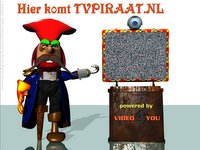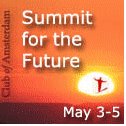
Threats to competition in USA
Over the last two years I have frequently commented on the worrying state of affairs regarding competition in the USA.
At the start of the broadband race in the late 1990s, the USA was hailed as an example of facilities-based competition. Here cable TV companies forced the telcos into action, the telcos were more than happy to take a much slower broadband roll out approach. At that same time, as well as in the following years, in countries without facilities-based competition the broadband market started significantly later to develop than the US market.
Over subsequent years we saw a massive consolidation of telco players in the USA and, slowly but surely, competition decreased within the telco market. We disagreed with the FCC on several occasions during this period, as they failed to counter this development.
The most critical issue was the floundering policies surrounding local loop unbundling.
We have also predicted, as have many of my US counterparts, that the future of the telcos lies in broadband, and not in telecoms, and that this means that the emphasis will move away from the one-size-fits-all telephone service to a multi-application environment. In such an environment it is essential that the maximum number of applications can be made available over such networks.
Without any real telecoms competition – and now, at best, with a broadband duopoly – the country is presently in a situation that we have seen many times before in Europe and the Asia Pacific region. Duopolies don’t stimulate competition and innovation.
It is, therefore, no wonder that the USA is slipping further and further down the international OECD broadband ladder.
Elsewhere there is a clear correlation between broadband growth and local loop unbundling.
This lack of LLU is also the reason that network neutrality is a bigger issue in the USA than in countries with real broadband competition. Countries with local loop unbundling provide sufficient competition to prevent anti-competitive behaviour from the incumbents. As we all know, duopolies are more than happy to protect themselves.
On the issue of network neutrality, I can’t understand why this is an issue that needs to be debated. It should be a guaranteed outcome. The end-users are paying for the services and now the telcos want to double dip – of course that should not be allowed.
Americans should ask themselves why network neutrality is such a big issue in the USA.. The answer is clear – lack of competition.
Who would have thought that the competitive environment in the USA could deteriorate to such a point?
Paul Budde
Tags: neutrality
Blog Posting Number: 393
























